Job fairs have existed for a long, long time. And they have remained unchanged despite new needs and desires of both jobseekers and employers.
Empathizing with Stakeholders through Design Research Methods
As an experience design and innovation strategist, I led my team to empathize with both stakeholders and decided to redesign the job fair experience by deeply understanding their needs, and using design thinking, workshops, and interviews to surface new insights. After several design research sessions, we designed the first prototype of the new Job Fair.
The Process
I led my team to reshape the traditional "job fair concept" at Universidad de Ingeniería y Tecnología (UTEC) to meet the needs and desires of both our students and companies. This new design helped both the students and companies to find the right job and candidates, respectively.
We redesigned the traditional concept by getting to know our stakeholders, starting with focused interviews. We also did some benchmarking, landscape analysis, and research on best practices around the world. Additionally, we conducted design thinking workshops to get insights from students and companies.
Finally after several weeks of brainstorming, we came up with the idea of a new event. We wanted to help students have an easier and less stressful way of getting a job, and companies to have a great and different experience in the process of getting the chance to attract and recruit the best talent for them.
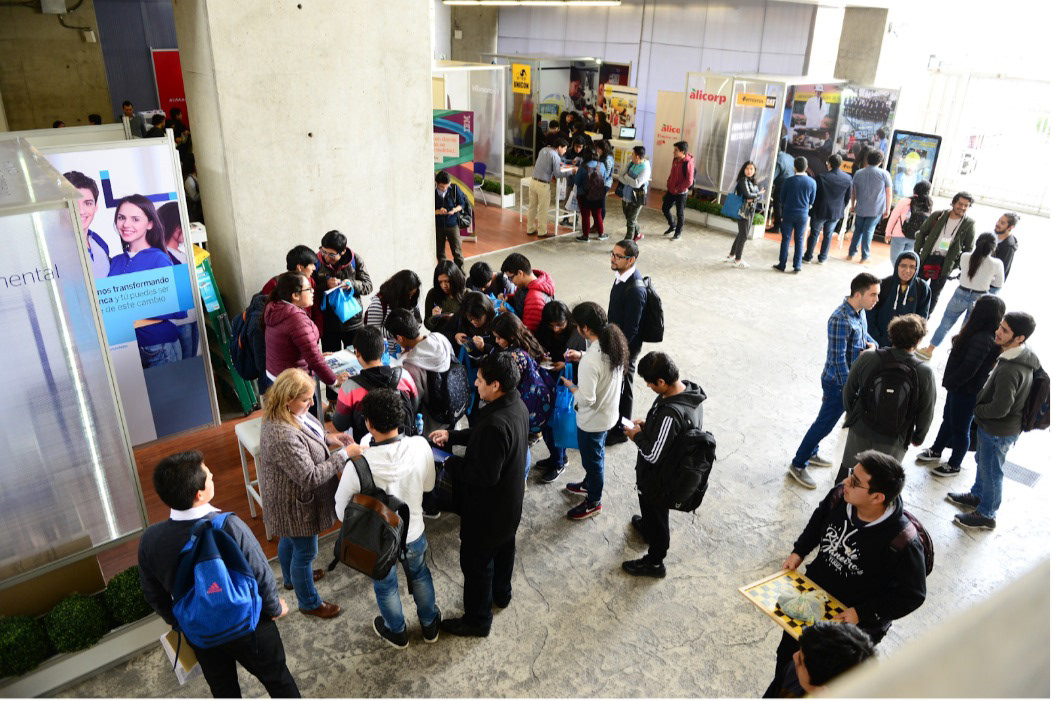
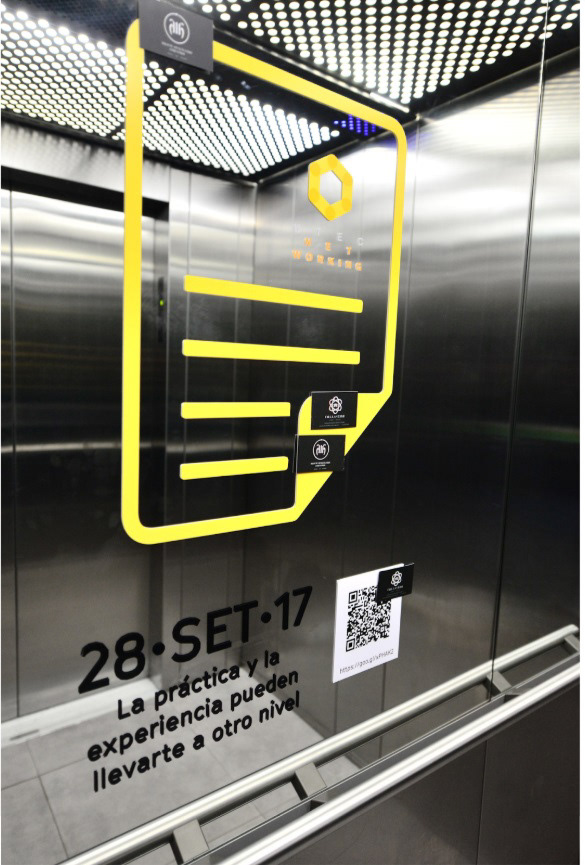
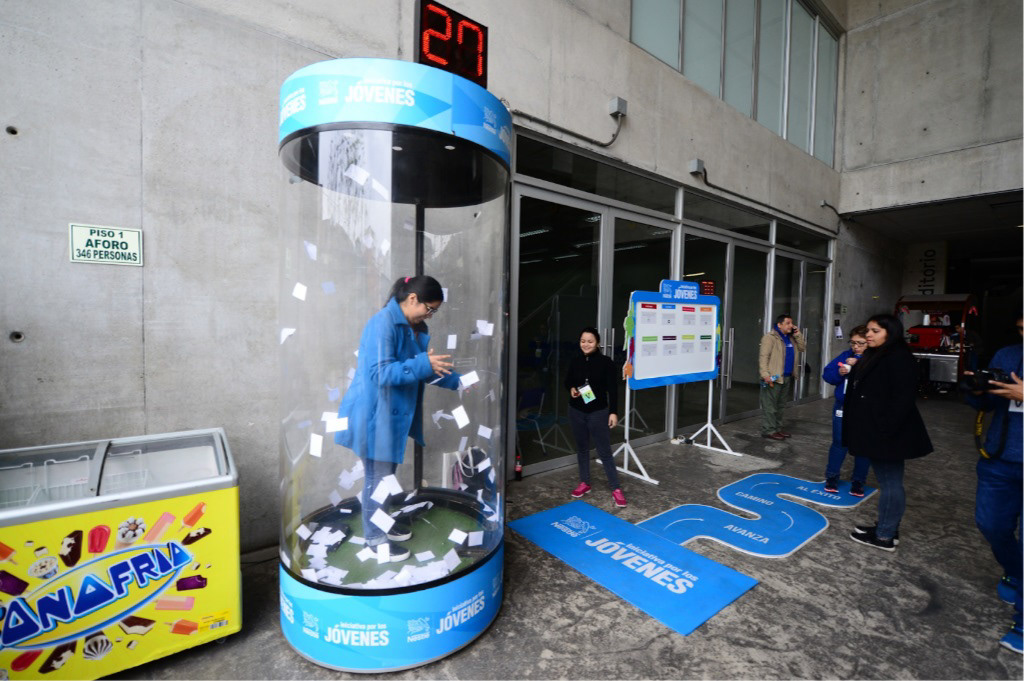
The New Job Fair Experience | Service Design
After launching it in 2016 with success, we still wanted to make the experience even better, more engaging and effective. Through observations, feedback from participants — both employers and students, and a new interview cycle, we iterated the prototype and redesigned the second version of the Job Fair in 2017.
The new job fair was named Networking UTEC, and consisted in a day-long event with different activities taking place to suit the different needs and desires of employers and students. The innovative job fair included 5 key activities:
1.Recruiterbox
We redesigned the concept of the company’s booth in order to give them a better experience with recruiting talent. We designed a box, which had a proper space for interviewing talented students during the day. In addition, students had the chance to get interviews with several companies from different sectors and fields. We managed to arrange 213 interviews during the event for 25 companies.
2. Company talks
We helped companies create a more interesting conference that was rewarding for them as well as the students. We gave companies suggestions on the topics, the language, and ways to relate with students in order to provide them with an engaging conversation with the companies. As a result, the companies did not talk about themselves; instead they interacted with millennials about their engineering projects and how students can be a part of these projects in order to achieve their own personal or professional purposes.
1.Recruiterbox
We redesigned the concept of the company’s booth in order to give them a better experience with recruiting talent. We designed a box, which had a proper space for interviewing talented students during the day. In addition, students had the chance to get interviews with several companies from different sectors and fields. We managed to arrange 213 interviews during the event for 25 companies.
2. Company talks
We helped companies create a more interesting conference that was rewarding for them as well as the students. We gave companies suggestions on the topics, the language, and ways to relate with students in order to provide them with an engaging conversation with the companies. As a result, the companies did not talk about themselves; instead they interacted with millennials about their engineering projects and how students can be a part of these projects in order to achieve their own personal or professional purposes.
3. Elevator pitch
We discovered that companies have a hard time recruiting talent because they can’t find or it takes too long to hire the right candidate. For this reason we developed the elevator pitch where talented students interested in telling their stories to companies were selected from different majors to present that day. Students had two minutes to share about themselves to companies that signed up for this activity. Companies then rated every student and could select the candidates they believed would be a fit within their organizations. This experience was amazing and rewarding for both students and companies. We received 80% on our Net promoted score (NPS) from the activity.
4. Employability forum
Students expressed a need and desire to learn from the leading companies in the engineering field. Therefore, Career Services invited CEOs from five top companies to discuss the best practices in recruiting talent and what they look for in hiring an engineer. This forum gave students the opportunity to ask questions, clear concerns about the recruiting process and learn about skills required to be successful directly from talented CEOs.
5. Project Showroom
We created a place for students to show their engineering projects to visiting companies in order for them to interact and possibly open up opportunities for working together.
We discovered that companies have a hard time recruiting talent because they can’t find or it takes too long to hire the right candidate. For this reason we developed the elevator pitch where talented students interested in telling their stories to companies were selected from different majors to present that day. Students had two minutes to share about themselves to companies that signed up for this activity. Companies then rated every student and could select the candidates they believed would be a fit within their organizations. This experience was amazing and rewarding for both students and companies. We received 80% on our Net promoted score (NPS) from the activity.
4. Employability forum
Students expressed a need and desire to learn from the leading companies in the engineering field. Therefore, Career Services invited CEOs from five top companies to discuss the best practices in recruiting talent and what they look for in hiring an engineer. This forum gave students the opportunity to ask questions, clear concerns about the recruiting process and learn about skills required to be successful directly from talented CEOs.
5. Project Showroom
We created a place for students to show their engineering projects to visiting companies in order for them to interact and possibly open up opportunities for working together.
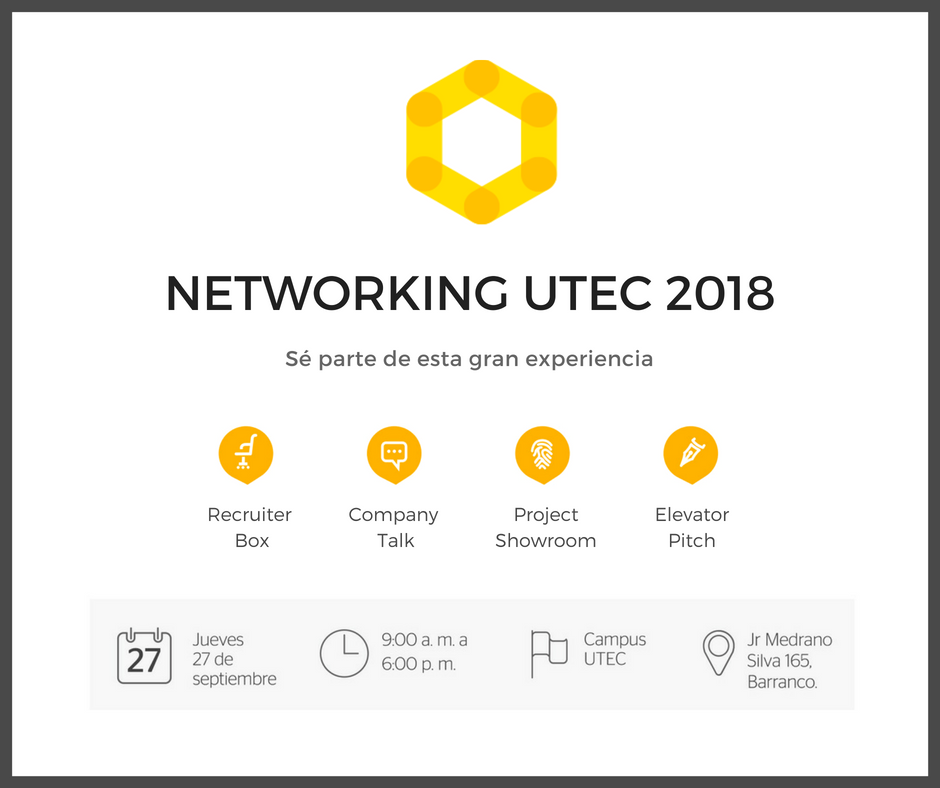
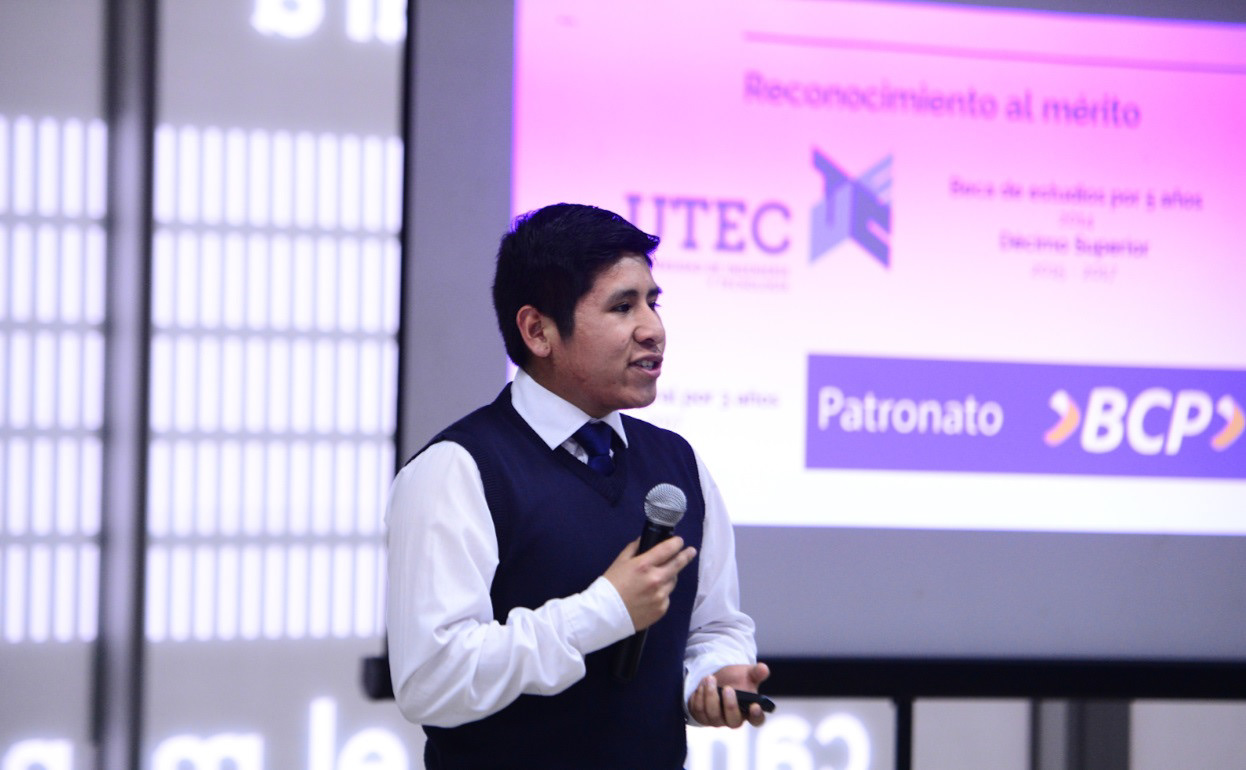
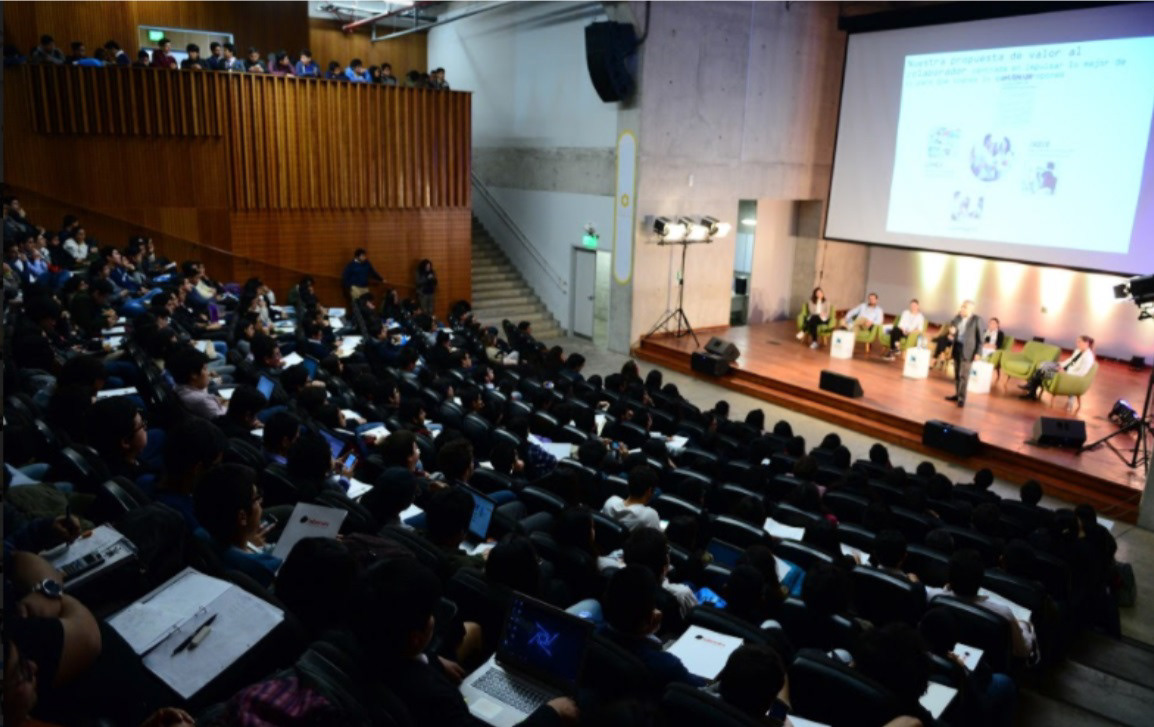
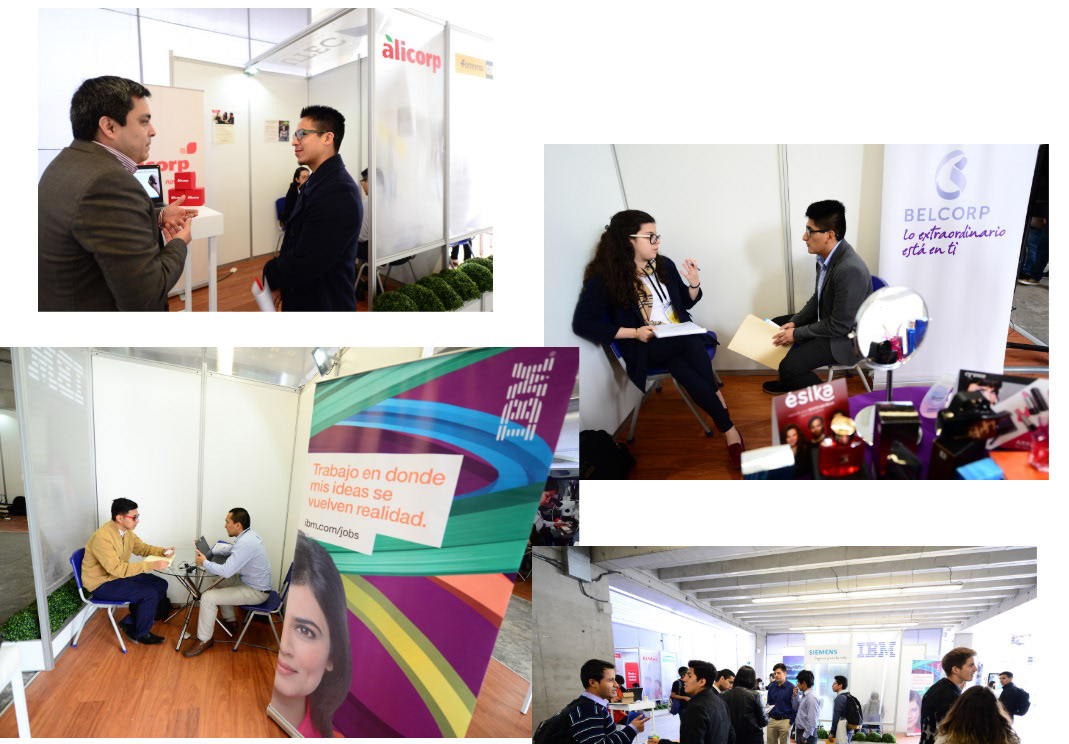
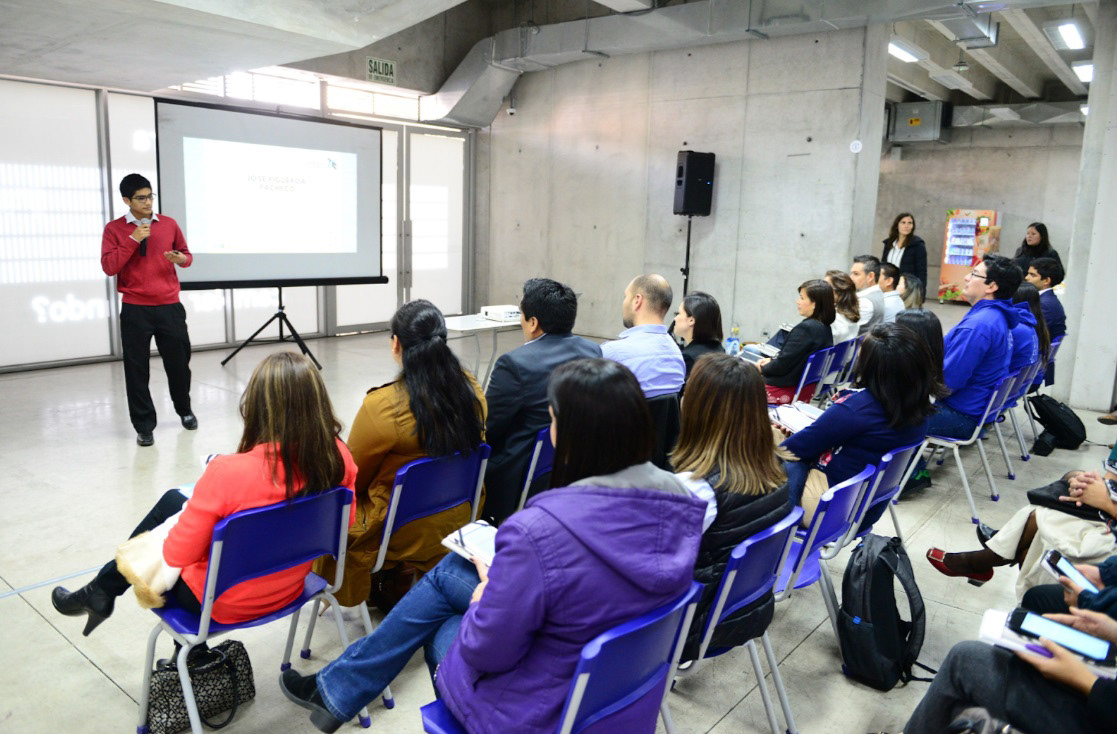
This link provides a summary of the event: https://www.utec.edu.pe/noticias/alumnos-vivieron-la-experiencia-utec-networking-y-se-conectaron-con-empresas-lideres
The team and student ambassadors
The team and student ambassadors
Elevator Pitch Winners